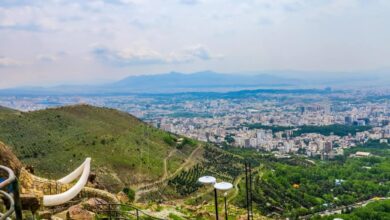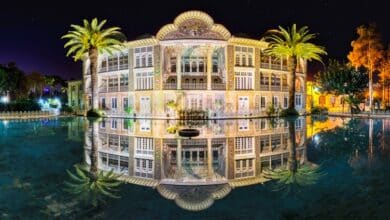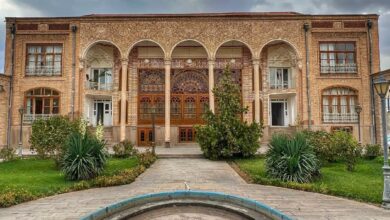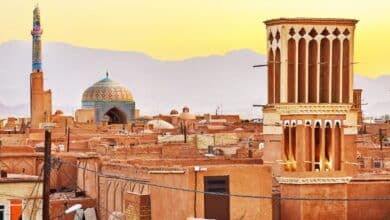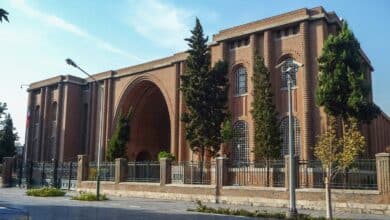Maranjab Desert and Caravanserai: Adventure Awaits
Experience the Magic of this Desert
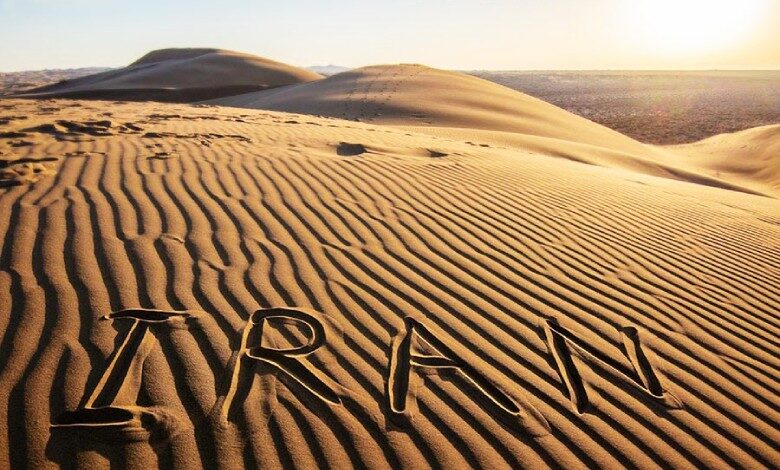
Deserts are always a desirable destination for adventurers, a place where silence speaks louder than noise. The ocean of sand and the vastness of the landscape offer a sense of peace and reflection. Nature is always there to disconnect you from the chaos of everyday life and reconnect you to your soul. Whether it’s the woods, sands, sky or water, it will help you to rehabilitate and think deeply about yourself. The Maranjab Desert in Iran is no exception.
With its golden dunes, it offers the purest feelings you can ever have. The historic Maranjab Caravanserai, standing as a reminder of the ancient Silk Road, will tell you the story of history. If you are thrilled to experience the endless dunes or the magic of watching the stars fill the night sky in complete stillness, Maranjab is the best option for you. In this article, we looked at this stunning desert and the stunning Maranjab caravanserai.
Contents
Where is Maranjab Desert?
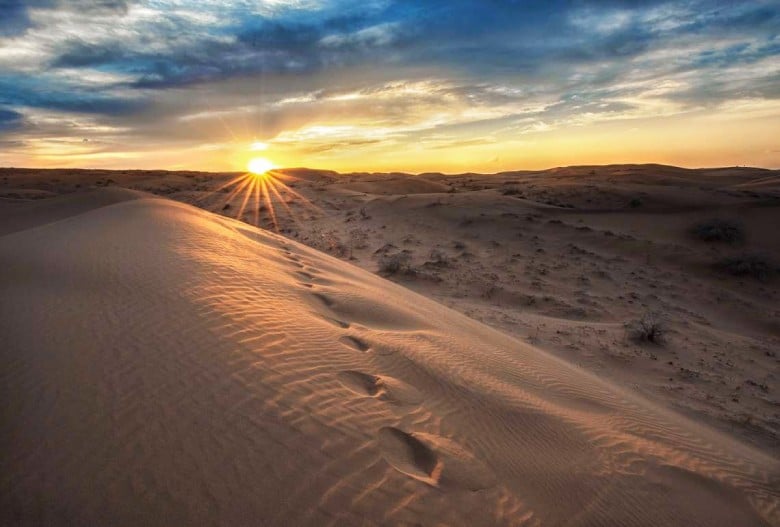
The Maranjab Desert is located in Aran va Bidgol, one of the cities in Iran, near Kashan. It’s a part of the larger Dasht-e Kavir (Great Salt Desert). The desert is easily accessible from major cities in the region, making it a popular destination for both domestic and international travelers.
Access Routes to the Maranjab Desert
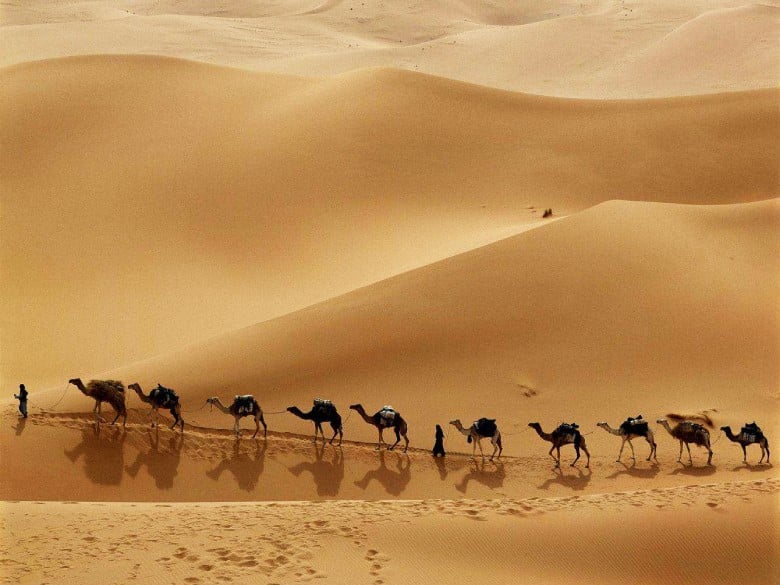
The distance from Tehran to the Maranjab Desert is about 270 kilometers. This short distance from the capital, along with its suitable facilities, makes the Maranjab Desert a popular destination for residents of Tehran and surrounding cities. The cities of Kashan and Aran va Bidgol in Isfahan Province have good access to Maranjab Desert, and depending on your accommodation, you can choose the best route based on your entry point into Isfahan Province.
The distance from Aran va Bidgol to the Maranjab Desert is about 40 kilometers, and there is a dedicated road from Aran va Bidgol exit leading to the desert. To reach Maranjab Desert from the north of Aran va Bidgol, continue along Artesh Boulevard until you reach a large square. From there, you’ll enter the Maranjab road. This route can be taken with regular cars, but you should drive carefully. When you reach the fork road near the salt lake, take the right turn. After a short distance, you’ll arrive at the Maranjab camp. For traveling in the desert, it’s essential to use off-road vehicles.
Camping in Maranjab Desert

Maranjab Caravanserai is a recommended place to stay when you are traveling to Maranjab, and if you want to stay there, skip this part and read the rest of the article, but if you want to camp, this part is for you.
If you decide to camp in the desert and have no prior experience, it’s best to follow these tips:
- You’ll need warm clothes and a blanket since the weather may get cold at night.
- Camping alone is not safe; it’s better to camp with other people (at least five)
- Set up a large fire and keep it burning until close to morning.
- Use a waterproof tent with mesh.
- Bring enough water.
- Have a first aid kit with you.
- Sweet and also salty substances like sugar and salt
Maranjab Caravanserai
If you are traveling to Maranjab Desert, you may have heard to visit Maranjab Caravanserai. In this part, we will talk about why travelers recommend it for a delicate stay.
History of Maranjab Caravanserai
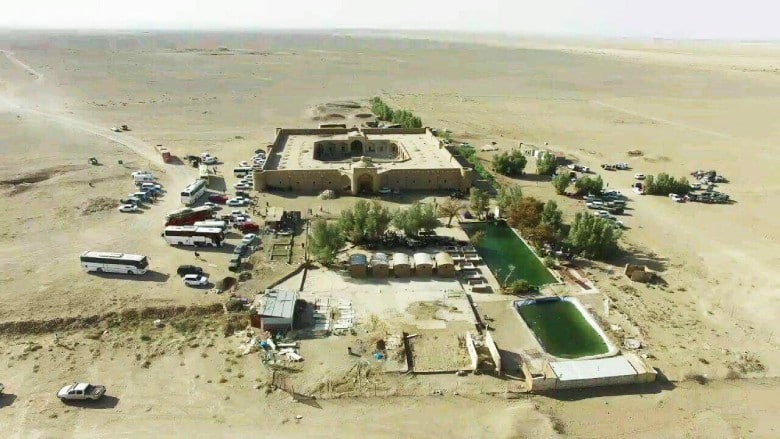
Maranjab Caravanserai, also known as Maranjab Castle or Shah Abbasi Maranjab Castle, was built 450 years ago. Shah Abbas I of the Safavid dynasty ordered the construction of a caravanserai on the Silk Road, which was a busy route from Isfahan to Khorasan. The king’s order had two reasons: one was that he wanted to improve the comfort of travelers, and the second one was that the construction was economically sensible.
Austrian traveler, Alphonse Gabriel, recounts in his memoirs that when he set out for this caravanserai and saw the sandy dunes of the desert, he managed to reach the remains of the Maranjab caravanserai before nightfall, where he was sheltered from the wind. However, he noted that little more than ruins remained.
Before 1999, the historical Maranjab caravanserai was just a ruin, having been turned into a sheepfold. After the Cultural Heritage Organization purchased it, they restored the caravanserai. Nowadays, many of the caravanserai’s rooms have been rebuilt; we can say it’s one of the best places where travelers of Maranjab can stay and experience marvelous nights drowning in the ocean of stars and the beauty of the desert at night.
Architecture of Maranjab Caravanserai
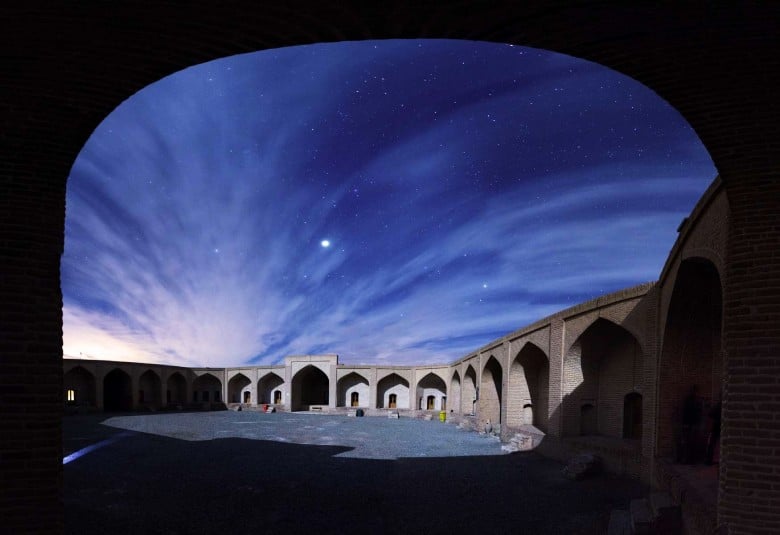
The caravanserai features stone foundations, with a courtyard measuring 30 by 20 meters. It has 29 rooms that are only a few steps above ground level. Behind the rooms, there are stables where travelers can keep their horses and mules. Overall, the caravanserai is designed like a square fortress, covering 3,500 square meters and equipped with six buildings along its walls. Lookout posts were built on top, with around 500 armed guards responsible for their protection. Additionally, the caravanserai has a qanat providing fresh water, and the non-saline quality of the water attracts many domestic and international tourists each year.
Book Iran Flights
Buy Iran flight tickets at the lowest price
Explore Iran’s culture and history with affordable and reliable flight tickets.
Conclusion
If you want to visit the desert and experience its unique natural beauty, the Maranjab Desert is highly recommended. Be cautious, as wild nature can be both beautiful and brutal. We suggest traveling with a tour or a group of friends if you plan to camp. If you’d rather avoid the risks of camping, the Maranjab Caravanserai is an excellent alternative. Enjoy your adventure!
FAQs of Maranjab Desert and Caravanserai
What activities can I do in Maranjab Desert?
Popular activities include dune bashing, camel riding, stargazing, and exploring historical sites like caravanserais.
When is the best time to visit?
The ideal time is from late autumn to early spring when temperatures are milder.
Can I see wildlife?
Yes, the desert is home to various wildlife, including foxes, reptiles, and diverse bird species.

